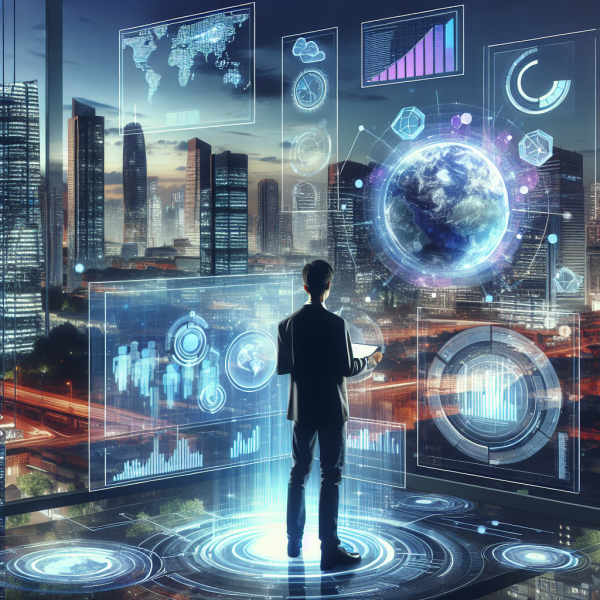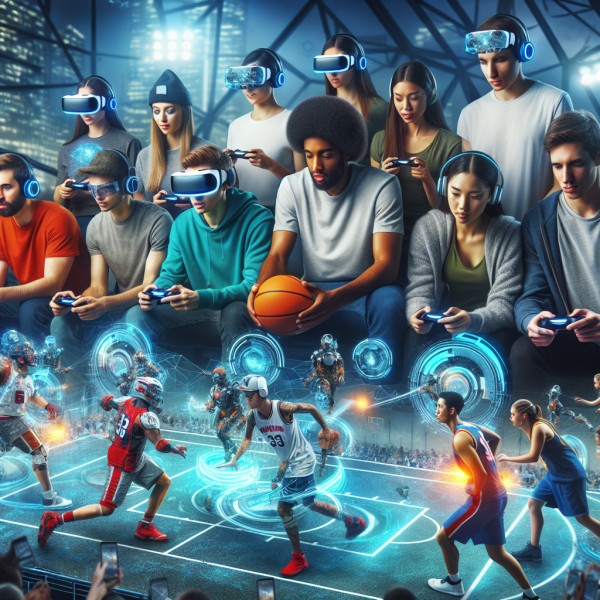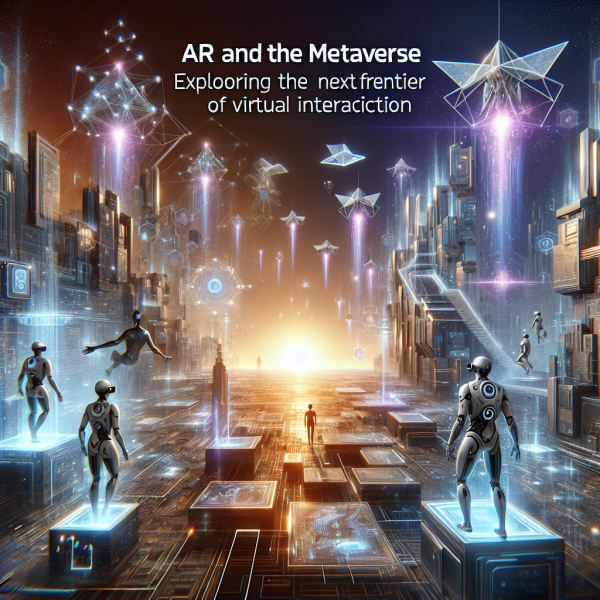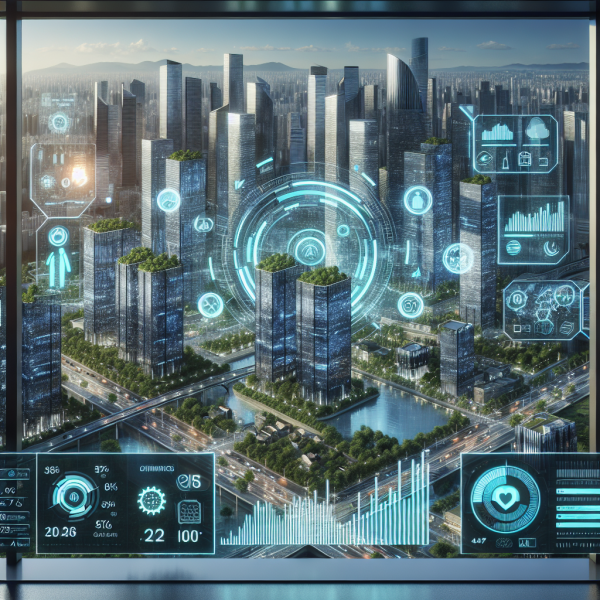IoT in Retail: Enhancing Customer Experiences Through Advanced Connectivity
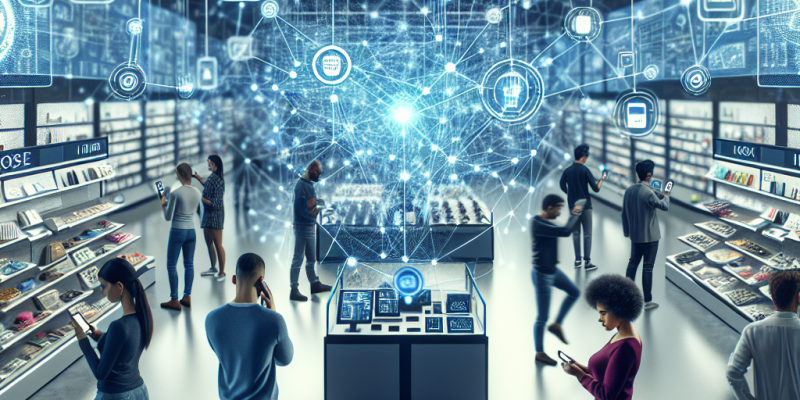
The retail landscape is undergoing a transformative shift, driven by advancements in technology and evolving consumer expectations. Among these technological advancements, the Internet of Things (IoT) stands out as a key catalyst for innovation. By seamlessly connecting devices, enhancing data collection, and providing real-time insights, IoT is redefining the customer experience in retail, making it more personalized and efficient than ever before.
The IoT Revolution in Retail
The Internet of Things refers to the network of interconnected devices that communicate and exchange data over the internet. In retail, this encompasses a wide array of devices, from smart shelves and connected cash registers to customer-facing applications and inventory management systems. The synergy created by these devices leads to improved operational efficiency and a deeper understanding of customer behaviors and preferences.
Key Benefits of IoT in Retail
-
Enhanced Customer Engagement: IoT enables retailers to engage customers in innovative ways. For instance, smart mirrors in clothing stores allow customers to virtually try on outfits and receive personalized recommendations based on their previous purchases and preferences. By leveraging beacons—small, wireless devices that transmit signals to nearby smartphones—retailers can send tailored promotions and notifications to customers’ devices, enhancing the in-store experience and increasing foot traffic.
-
Personalized Shopping Experiences: With access to real-time data, retailers can create highly personalized shopping experiences. IoT devices can track customer behavior as they browse products, enabling retailers to offer tailored product suggestions and promotions based on individual preferences. This not only boosts customer satisfaction but also fosters brand loyalty, as consumers feel more valued and understood.
-
Optimized Inventory Management: IoT devices can revolutionize inventory management by providing real-time visibility into stock levels. Smart shelves equipped with weight sensors can automatically track inventory and alert managers when items are running low, ensuring that popular products remain in stock. Additionally, this data can help retailers make informed decisions about restocking and inventory allocation, reducing instances of overstocking and stockouts.
-
Streamlined Operations: Automation enabled by IoT can significantly improve operational efficiency in retail. For example, connected POS systems can analyze transaction data to identify peak shopping times, allowing retailers to allocate staff more effectively. Moreover, automated checkout systems can reduce waiting times, enhancing customer satisfaction and streamlining the shopping process.
- Improved Supply Chain Efficiency: IoT technologies can provide real-time insights into the entire supply chain process, from manufacturing to distribution to retail. By monitoring shipments with GPS and RFID tags, retailers can track products in transit and manage logistics more effectively. This improved visibility leads to better demand forecasting and inventory replenishment, ultimately resulting in reduced costs and improved customer satisfaction.
Challenges and Considerations
While IoT provides immense benefits, retailers must navigate several challenges when implementing these technologies. Data privacy and security are paramount, as the collection and transmission of customer data raise concerns about potential breaches. Retailers must invest in robust cybersecurity measures and ensure compliance with relevant regulations to protect customer information.
Additionally, the integration of IoT devices into existing retail systems can be complex. Retailers need to ensure that their technology infrastructure can support these devices and facilitate seamless communication between them. Implementing a scalable and flexible IoT strategy is crucial for successful adoption.
The Future of IoT in Retail
As IoT technology continues to evolve, the potential for its application in retail is vast. Future developments may include the integration of artificial intelligence (AI) and machine learning, which will further enhance data analysis and decision-making capabilities. Voice-activated shopping experiences, augmented reality applications, and advanced predictive analytics are just a few examples of how IoT will shape the future of retail.
In conclusion, the Internet of Things is a game-changer for the retail industry, offering innovative solutions that enhance customer experiences through advanced connectivity. By leveraging IoT, retailers can create personalized, efficient, and engaging shopping experiences that resonate with consumers, driving sales and fostering loyalty in an increasingly competitive market. Embracing IoT is not just an option but a necessity for retailers aiming to thrive in the digital age.

